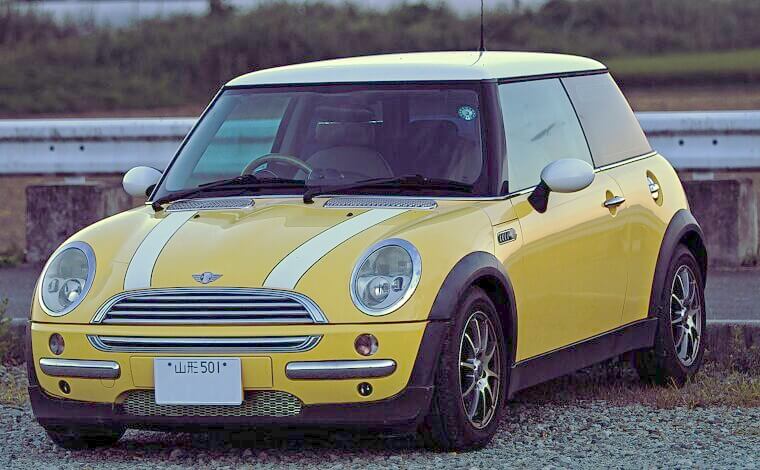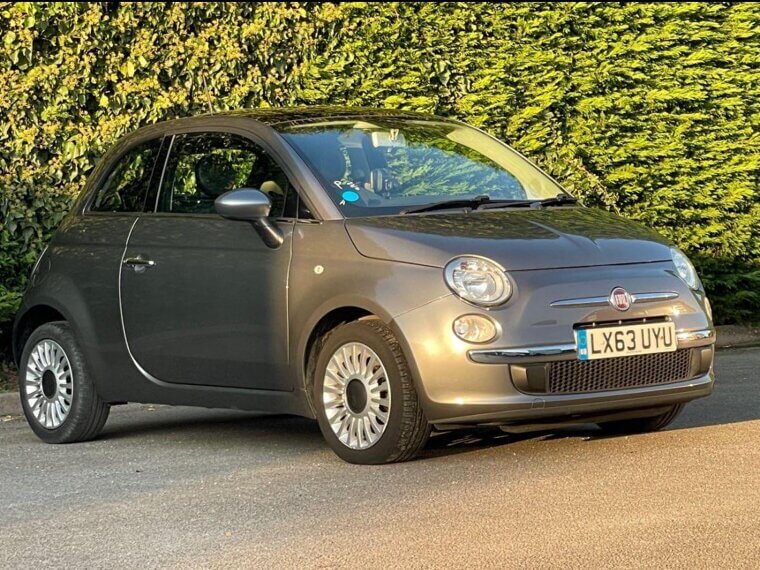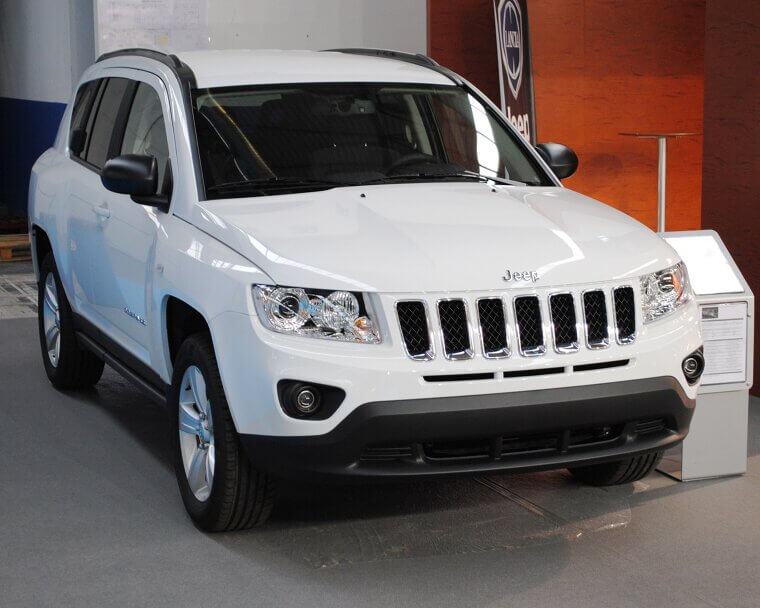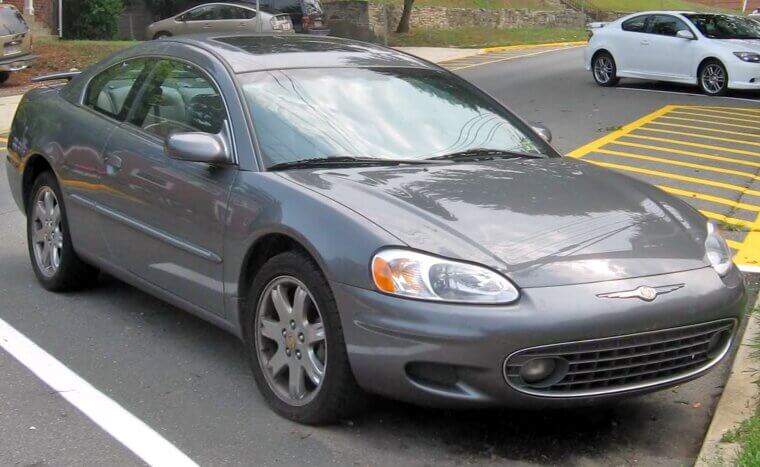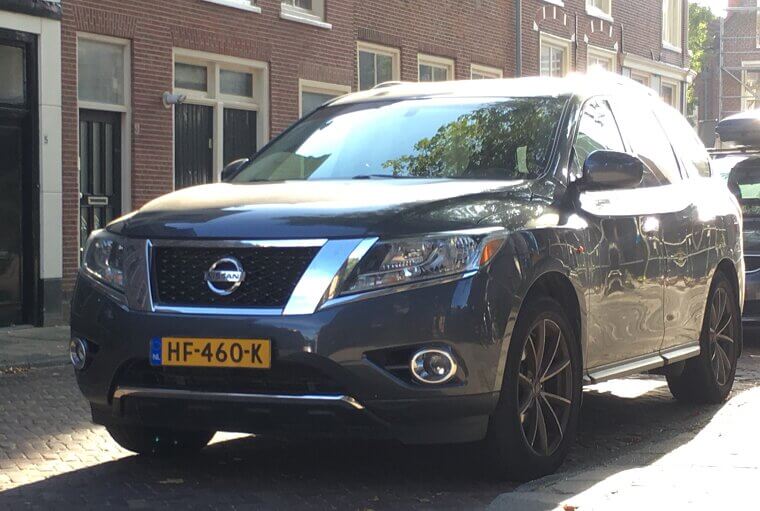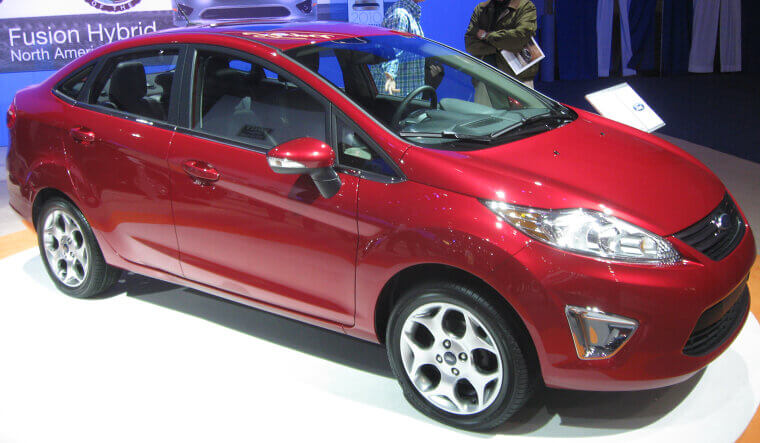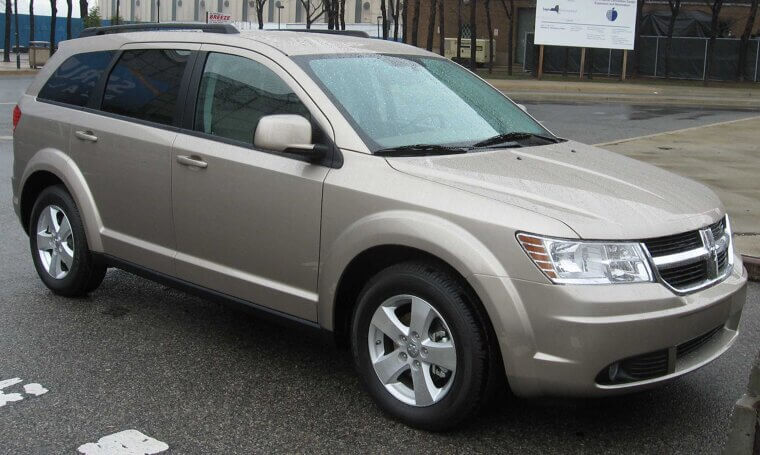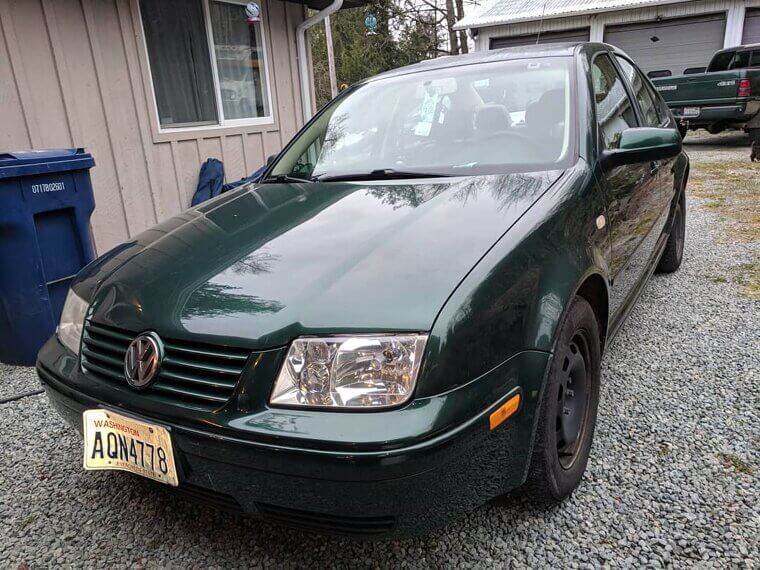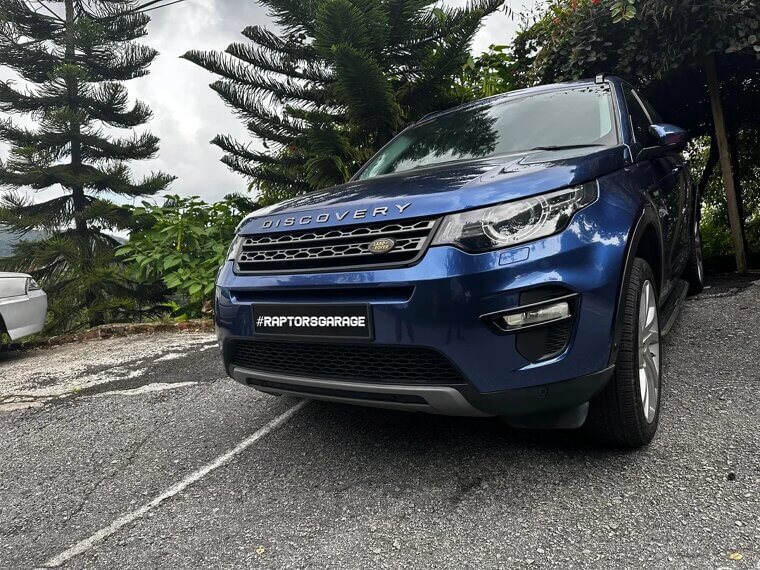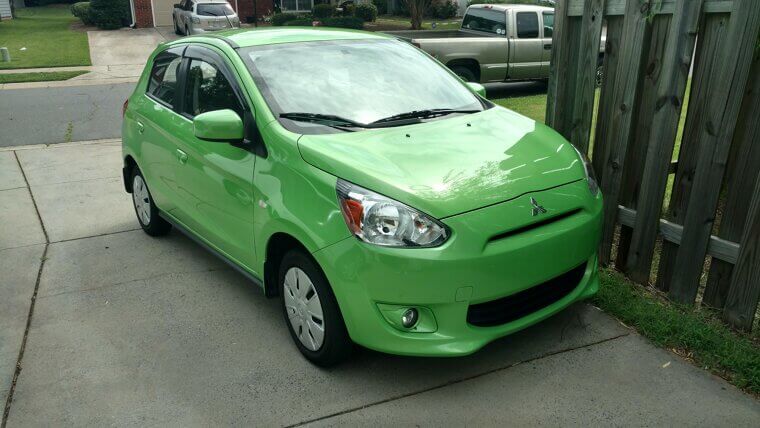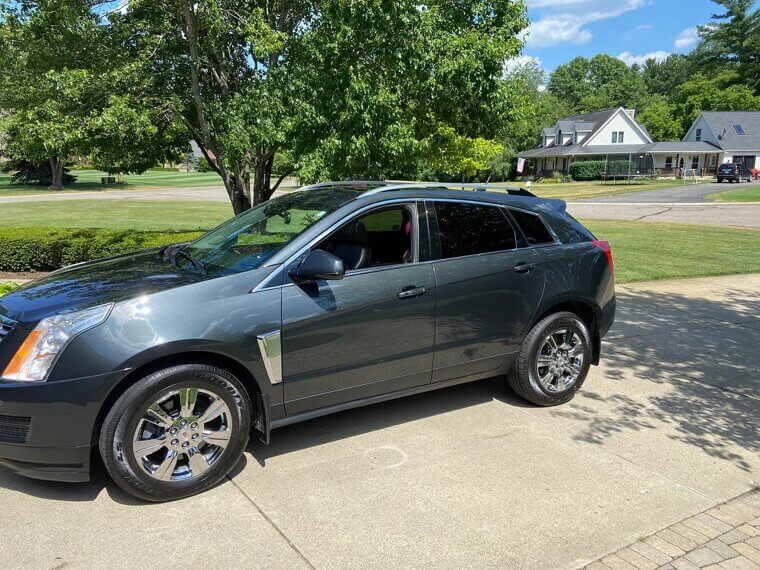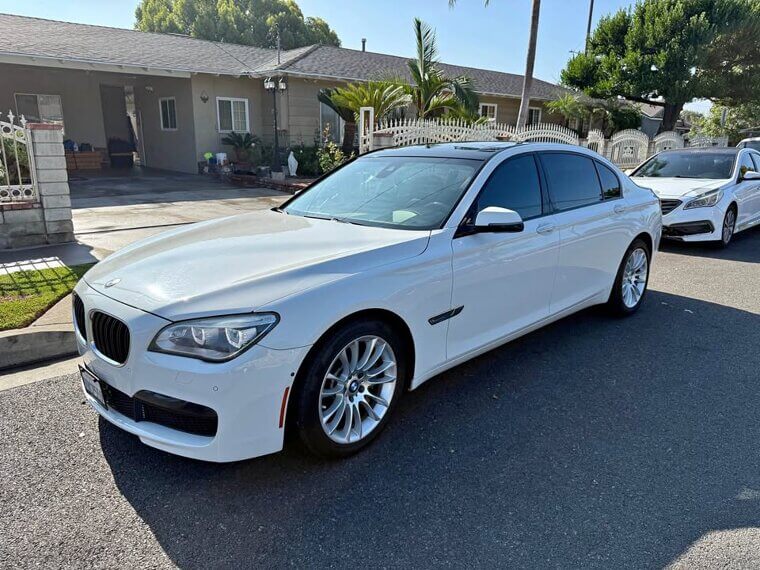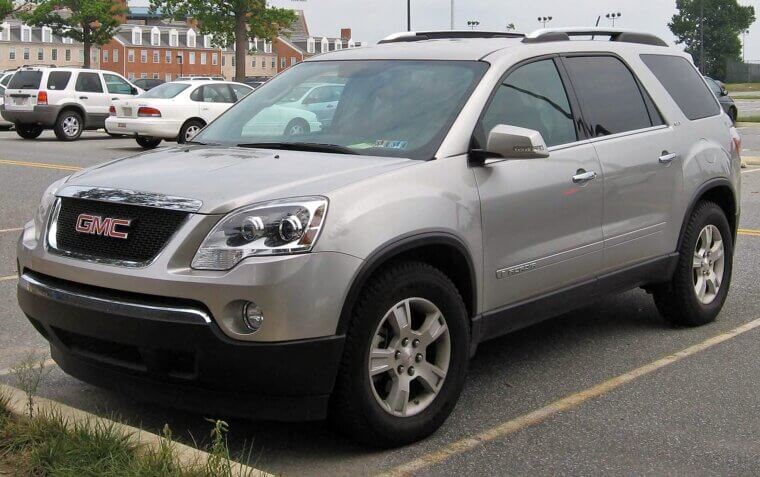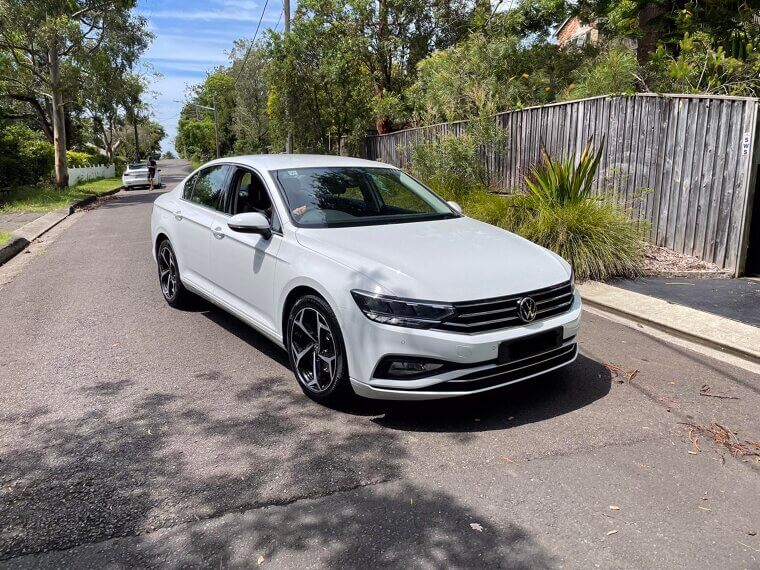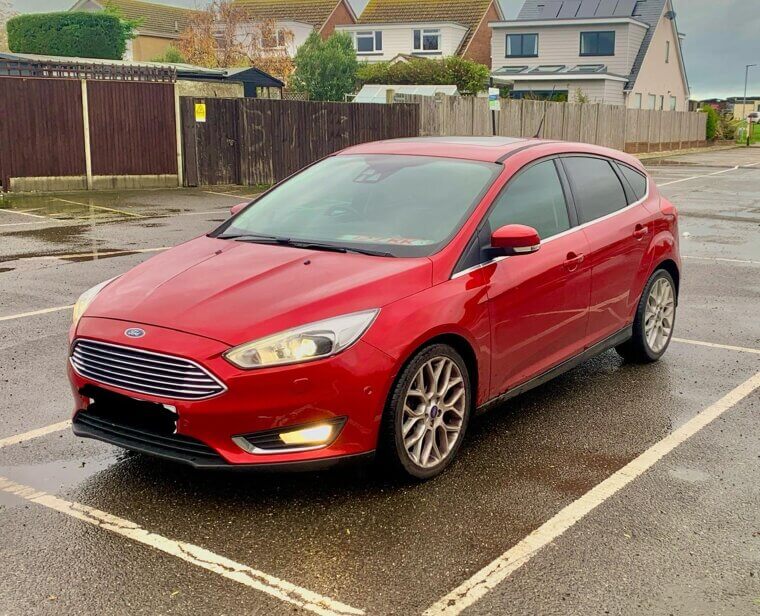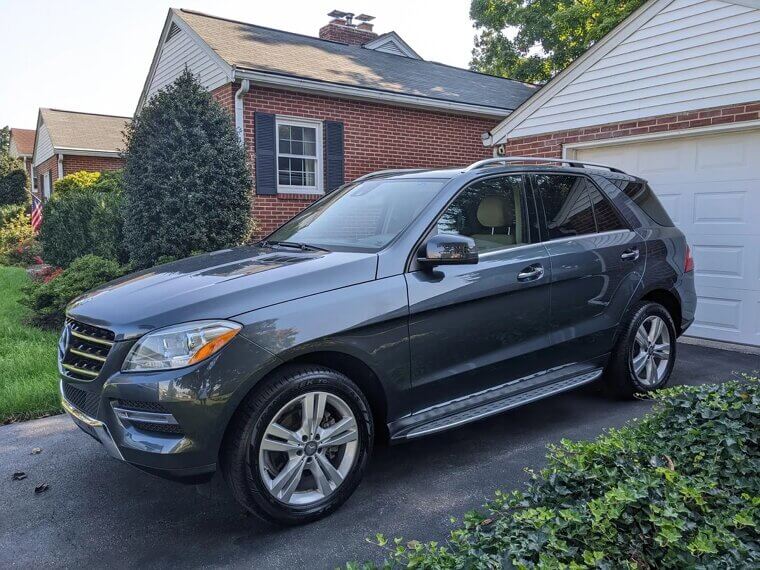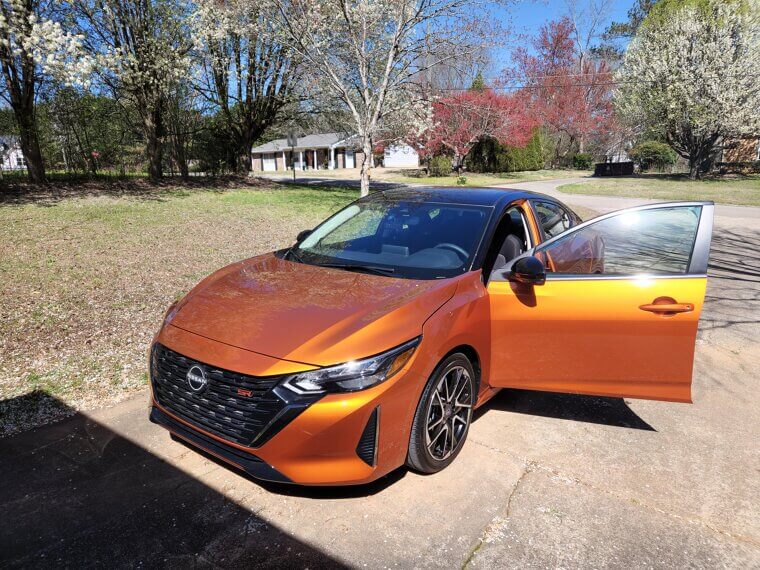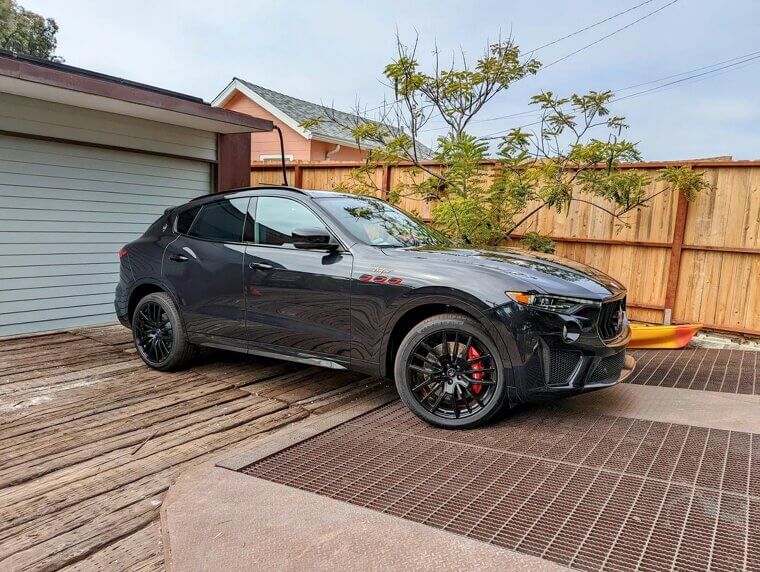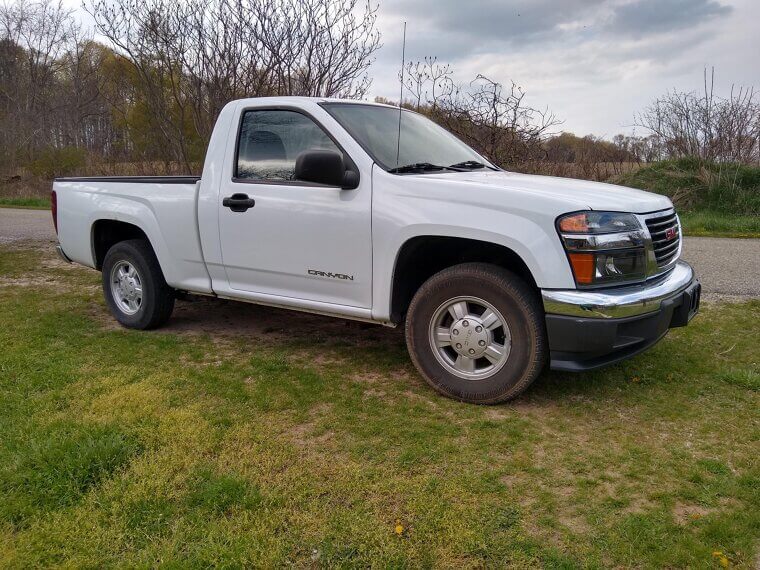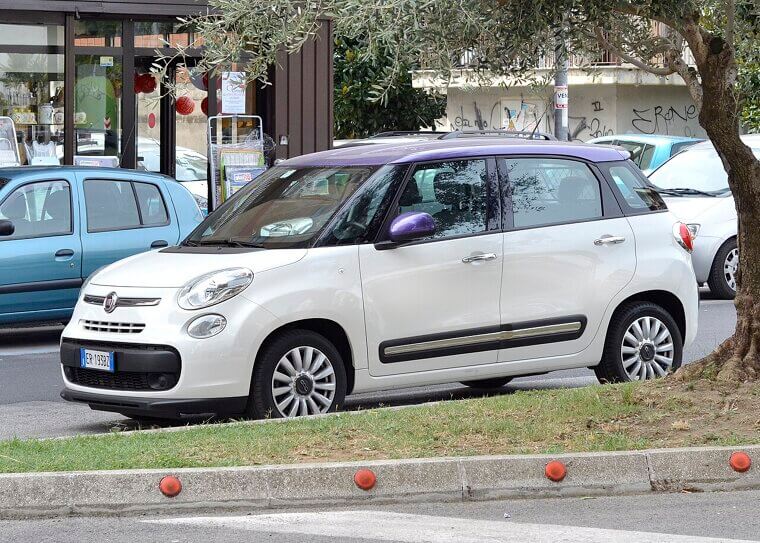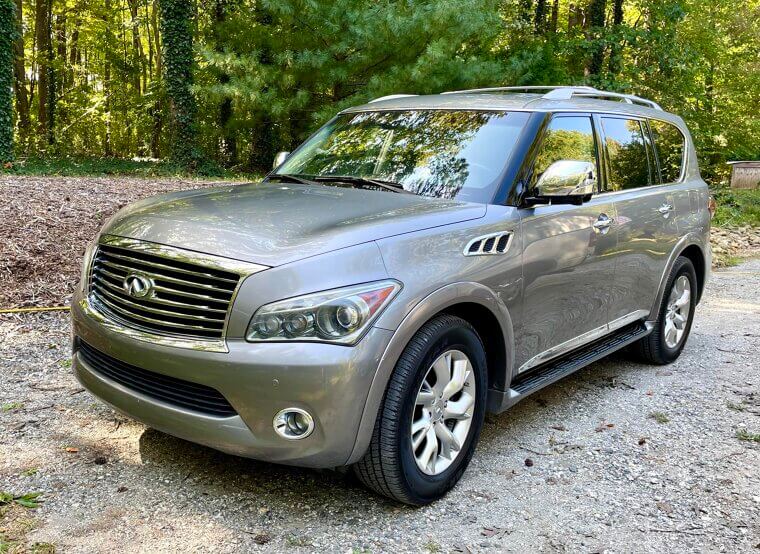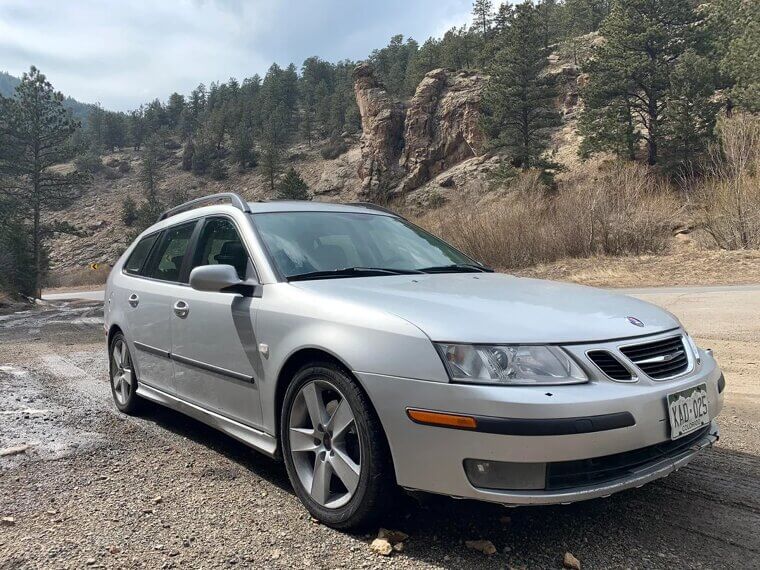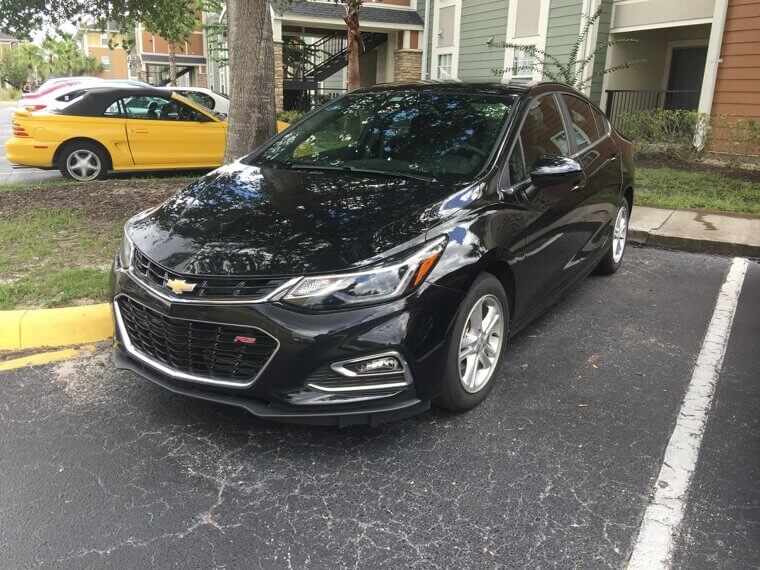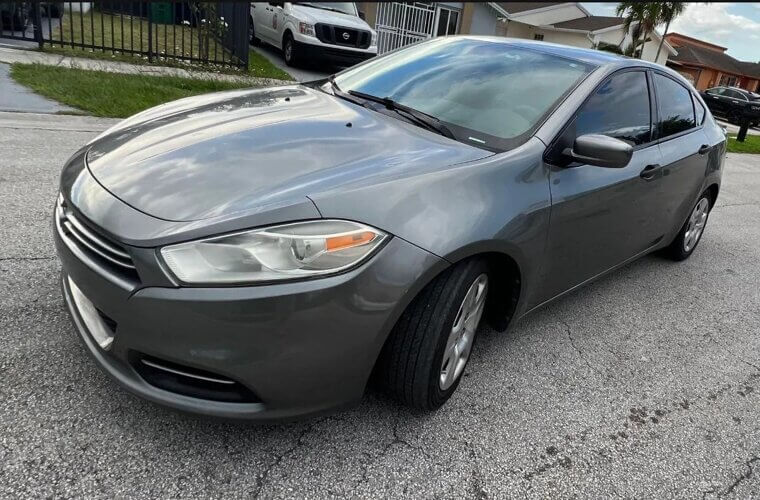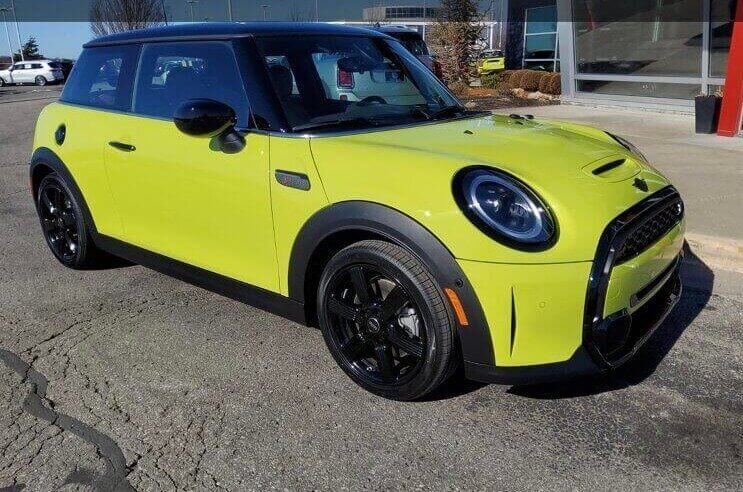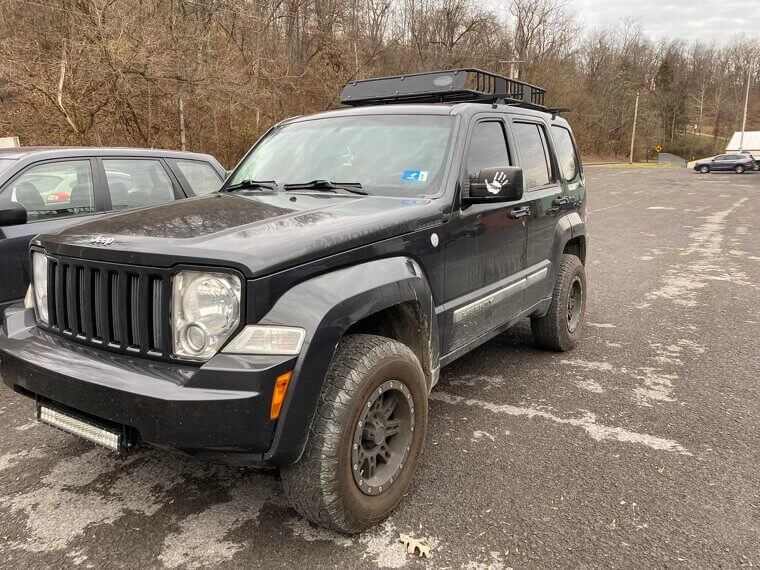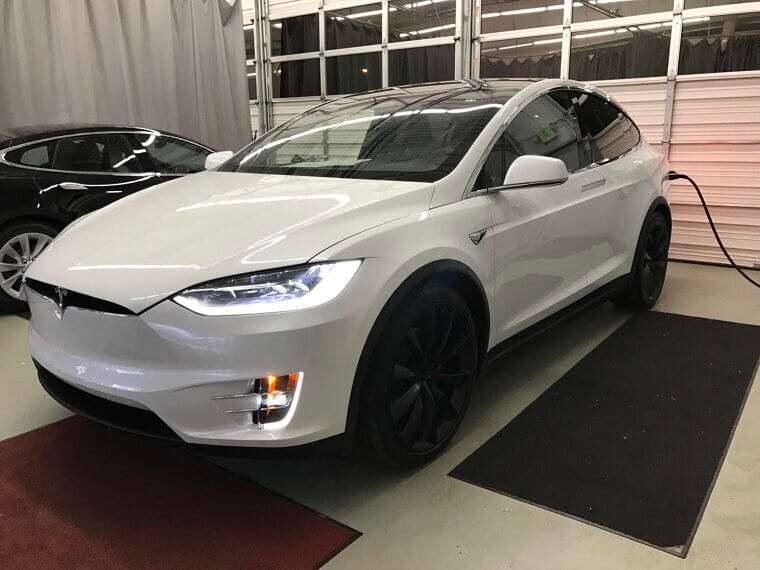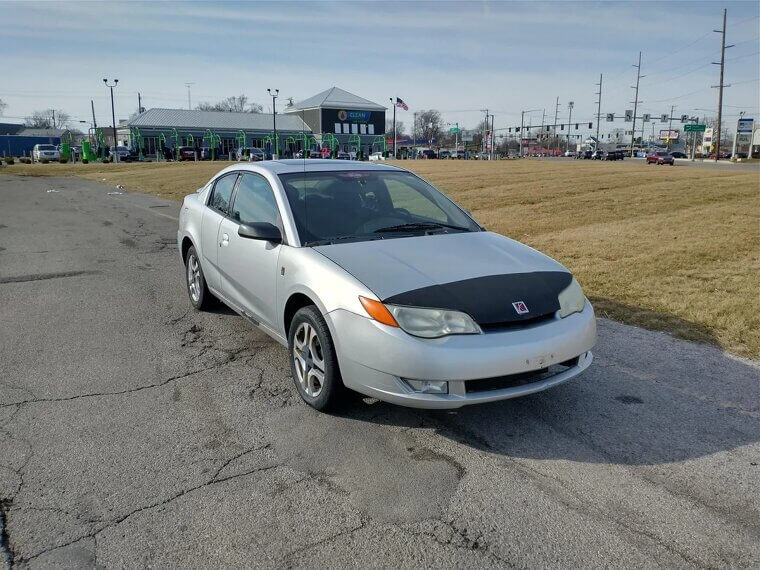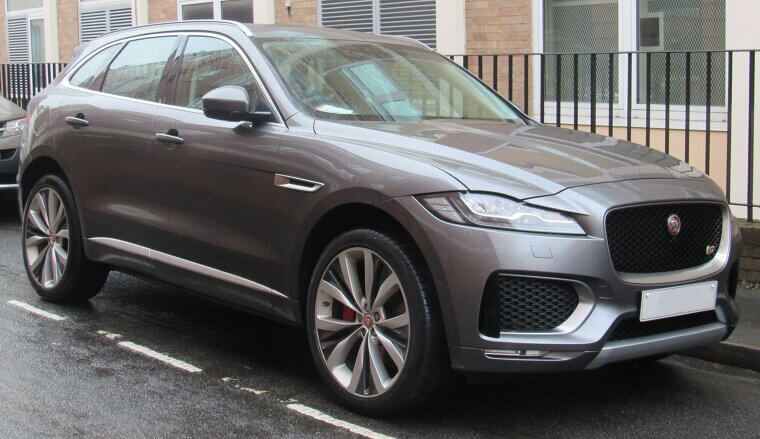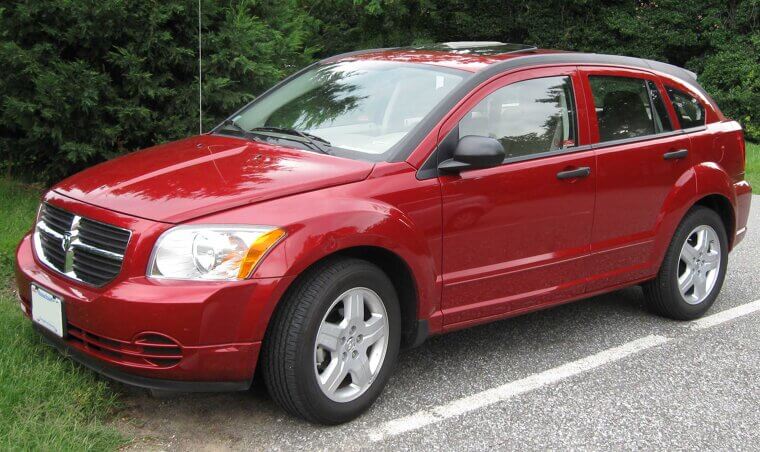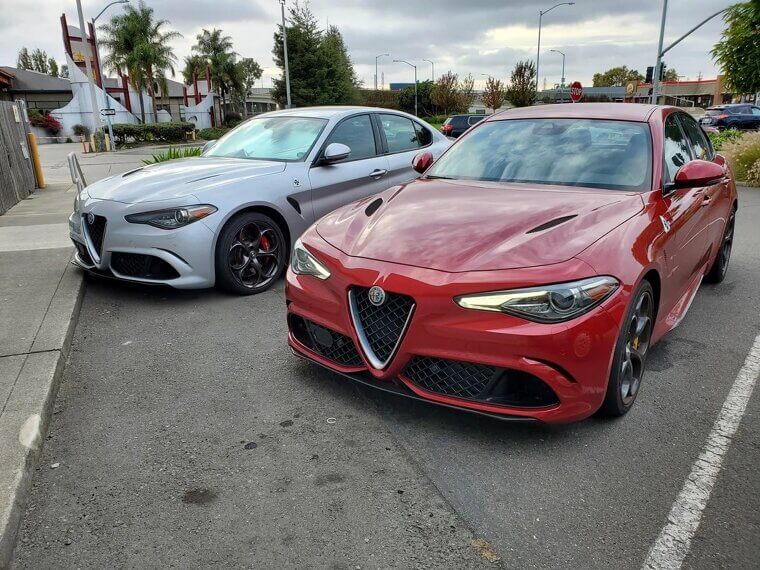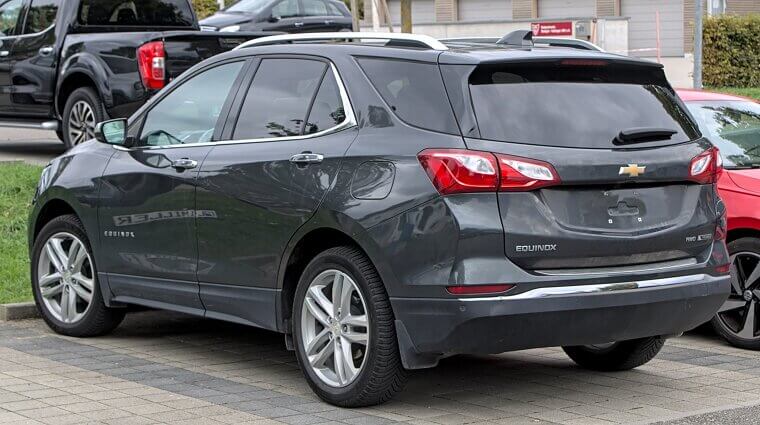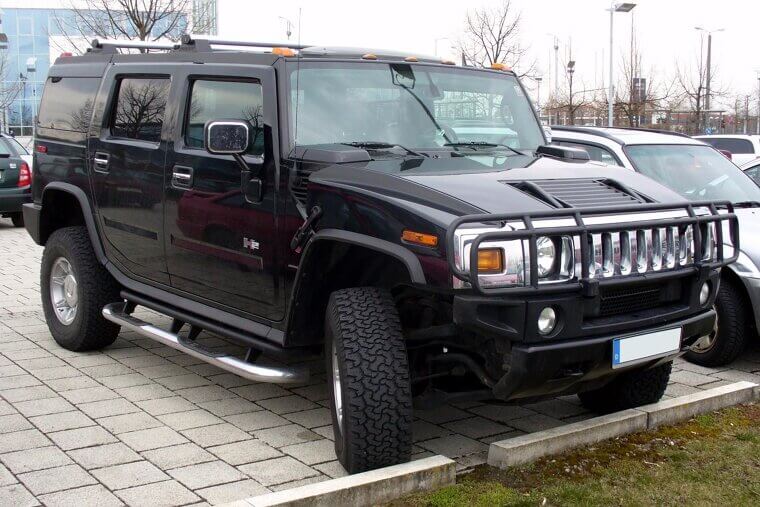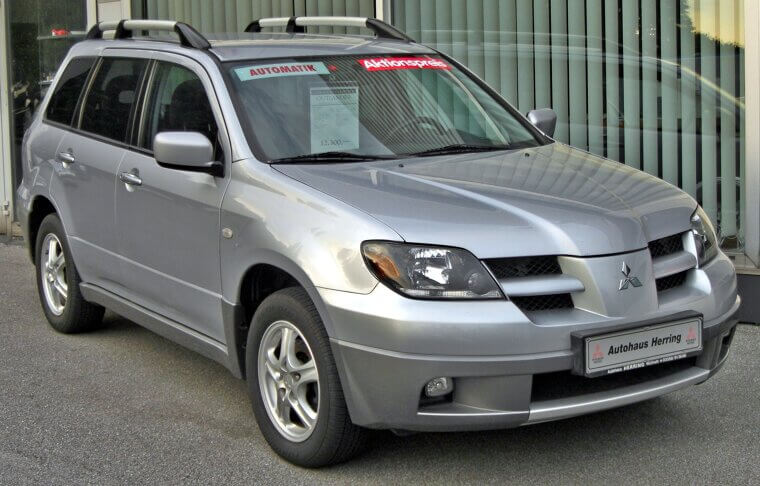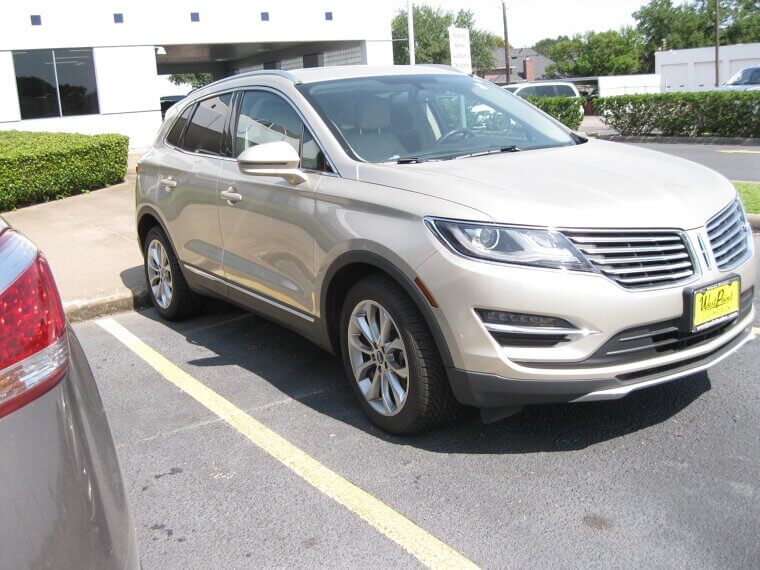Mini Cooper (2010s Models)
Owning a Mini Cooper is like having a go-kart for adults. It’s quick, fashionable, and fun until the headaches begin. The engines consume a lot of oil, turbos fail, and repairs are expensive. It’s one of those vehicles you love to show off until it’s being towed away.
Fiat 500
The Fiat 500 is lovely, and you’ll find it zipping around town like a champ. Unfortunately, charm and fun only go so far when transmission fails and electronics start malfunctioning. Drivers loved its personality, though living with it meant having more repair bills than joyrides.
Jeep Compass (2012–2016)
People expected the Compass to come with Jeep DNA, and many were disappointed when they realized it had constant issues with the CVT transmission and an underwhelming performance. While it looked adventurous, its actual adventures often ended in tow trucks.
Chrysler Sebring (2001–2010)
Chrysler marketed the Sebring as budget-friendly and stylish, especially with that convertible version. What customers ended up with was clunky engines, unreliable transmissions, and interiors that fell apart faster than summer flip flops. Maintaining it was more trouble than it was worth, although it looked nice in the driveway.
Nissan Pathfinder (2013–2015)
The Pathfinder should’ve been a family MVP because it was spacious, practical, and road trip ready. But it wasn’t. Owners got failing CVTs, stalling engines, and plenty of reliability drama. That “Pathfinder” name was working overtime.
Ford Fiesta (2011–2016)
The Fiesta captured the fun-to-drive attitude with engaging handling and cheeky styling. But then its dual-clutch transmission continually interrupted the party with constant jerks and breakdowns. People loved the energy of the car, but it’s hard to be enthusiastic when your mechanic knows you by name.
Dodge Journey (2009–2020)
Families were enamored with both the cost of the Journey and its spaciousness. But engines, electronics, and cheap build quality made the Journey one of the least reliable SUVs on the market. It was great for hauling kids, groceries, and strollers, but it had a reputation for leaving people stranded when they least expected it.
Volkswagen Jetta (2000s Models)
The Jetta looks good, drives well, and feels very “Euro chic.” Behind the wheel, though, owners faced failing transmissions, electrical meltdowns, and fuel system failures. It’s a car that makes you feel stylish until you’re writing a check for hundreds at the repair shop. Again.
Land Rover Discovery (2010s Models)
The Discovery is luxurious, with its posh interior, serious off-road cred, and great street presence. However, it also has problems, like broken air suspensions, electrical failures, and repair bills that will drain your wallet. Owning one feels glamorous, at least until the fifth time this month you’re being driven to the mechanic instead of by the mechanic.
Mitsubishi Mirage
The Mirage's major selling point is its low price. Unfortunately, you do get what you pay for. The car's interiors rattle, the engines are weak, and the transmissions are known to give up. On the plus side, it gets great gas mileage, although owners spend more time in waiting rooms than at the gas station.
Cadillac SRX (2010–2014)
Cadillac’s trendy crossover concealed timing-chain issues, electrical problems, and leaking sunroofs behind its sharp suit. Drivers liked the luxury features and comfortable ride, but there were maintenance expenses that skyrocketed like a soap opera cliffhanger. Although it seemed like a clever entry into premium SUVs, reliability told a different story.
BMW 7 Series
Not every luxury car is dependable. Take the BMW 7 Series, for instance. Passengers lounged on heated seats and enjoyed massagers, but owners dealt with headaches from electrical meltdowns and suspension failures. It's the kind of car that leaves the valet wowed, then leaves your checking account empty a week later.
GMC Acadia (2007–2012)
Families loved the roomy cabin and smooth ride, but early Acadias had transmission breakdowns, power-steering leaks, and AC failures. It looked like the perfect road trip car, but reliability left families stranded. This was a great idea that never quite reached the finish line.
Volkswagen Passat
The Passat was Volkswagen’s attempt at mainstream dominance, but reliability wasn’t part of the plan. Turbo issues, transmission problems, and electrical gremlins had owners sighing more than driving. Its European flair didn’t help when the repair bills hit.
Ford Focus
The Focus was popular for being affordable and fun to drive until its transmission drama showed up. The dual-clutch “PowerShift” became infamous for jerks, slips, and total breakdowns. Add electrical issues, and the name “Focus” felt ironic, because it was tough to concentrate on anything besides repairs.
Mercedes-Benz M-Class
The M-Class started the luxury SUV craze, but reliability had never been its strength. Transmissions were fragile, and the electrical systems often quit unexpectedly, leaving owners stranded. Enticing badge aside, it was a risky bet if you needed reliable wheels.
Nissan Sentra
The Sentra always promised straightforward, economical driving, but its CVT transmission turned it into a horror show. Shuddering, slipping, and early failures became the norm. To top it off, the build quality was terrible, and the Sentra being “affordable” didn’t mean it was cheap to own.
Maserati Levante
This high-end SUV had Italian pizzazz but couldn't quite pull off a reliable everyday driving performance. Owners reported failing sensors, glitchy gearboxes, and temperamental electronics.
GMC Canyon (early 2000s)
Canyon was supposed to be a midsize truck, but engine problems, transmission failures, and cheap interior quality let owners down. It hauled and towed, but not without drama. Not the worst truck, but compared to rivals, reliability was a big problem.
Fiat 500L
The 500L had a quirky and European design, but reliability wasn't its forte. There were a lot of complaints about engine problems, electrical issues, and poor build quality. It seemed cute on paper, but was stressful in reality.
Infiniti QX56
This spacious SUV with luxurious space and plenty of towing capacity had its owners scratching their heads due to air-suspension failures, engine problems, and electrical issues. It could easily haul a boat, but it became a habit to haul it back to the repair shop.
Saab 9-3
The 9-3 stood out thanks to its quirky design and turbocharged fun. However, you couldn’t rely on it, and that made it a nightmare. The faulty electronics and failing turbos, combined disappearing parts supply (after Saab went under) made ownership difficult.
Chevy Cruze
Chevy’s answer to compact commuters, the Cruze, ended up with a reputation for turbo failures, coolant leaks, and electrical quirks. You might save money at the pump, but frequent repairs burned through whatever you’d saved.
Dodge Dart
Dart had bold styling and big marketing, but reliability wasn’t part of the deal. Owners reported transmission hesitations, electrical hiccups, and premature engine trouble. Tried to revive Dodge’s small car reputation, but instead reminded buyers why Dodge had abandoned the segment in the first place.
Mini Cooper S
The Mini Cooper S suffered from problems, such as timing chain failures, turbo issues, and electronic issues, which all kept mechanics busy. It had a lovable combination of quirkiness and charm that won a lot of hearts, but owning one tested the nerves of many.
Jeep Liberty
The Jeep Liberty was supposed to deliver rugged charm, but owners experienced engine failures, transmission problems, and suspension issues. No one cared about off-road capability when it struggled with moving around the city.
Tesla Model X
While the Model X had Falcon Wing doors and a bunch of futuristic tech, reliability wasn’t its strong suit. Owners reported bugs in the software, issues with the doors, and uneven fit and finish. It was exhilarating to drive one, but frequent hiccups reminded you it was still a prototype in disguise.
Saturn Ion
This car was supposed to be innovative, and people were quite disappointed when they had to deal with ignition-switch problems, terrible transmissions, and cheap interior bits. While its odd styling set it apart, the reliability issues sadly outweighed the fun.
Jaguar F-Pace (early Models)
Jaguar’s first SUV had style and speed, and it also had some significant reliability issues. Owners complained about infotainment bugs, drivetrain issues, and a number of electrical hiccups. It looked terrific sitting in the driveway, but it was a luxury SUV that needed a little more refinement.
Dodge Caliber
The Caliber aspired to be sporty, utilitarian, and innovative, but it ended up being a disappointment. Underpowered engines, poor transmissions, and interior materials that aged too fast turned excitement into regret.
Alfa Romeo Giulia
The Giulia came with great Italian styling and handling, but it struggled with reliability. Electrical bugs, drivetrain quirks, and quality issues popped up frequently. While drivers appreciated its handling, owning one felt like dating someone exciting and erratic; you just never knew when something was going to break.
Chevy Equinox (2005–2009)
The first generation of Chevrolet Equinox looked attractive, but reliability made them forgettable. Owners reported frequent issues with head gaskets, air conditioning units, and transmissions. It was a family vehicle that failed to meet expectations.
Hummer H2
The H2 had heavy parts that wore out fast, electrical gremlins thrived, and repairs were frighteningly expensive. It looked unstoppable rolling down the street, but owners quickly learned it could be stopped by its own problems.
Mitsubishi Outlander (early 2000s)
The Outlander had its goofy charm and compact SUV practicality, but didn't offer much in terms of reliability. Transmission hiccups, suspension issues, and electrical gremlins prompted many owners to look at alternatives. It looked adventurous, but long-term ownership felt like an endurance test rather than a carefree journey.
Lincoln MKC
Lincoln’s compact luxury SUV had premium looks but troublesome mechanics. Transmission jerks, turbo failures, and electrical annoyances popped up often. Buyers seeking peace of mind quickly grew tired of the constant tinkering.

